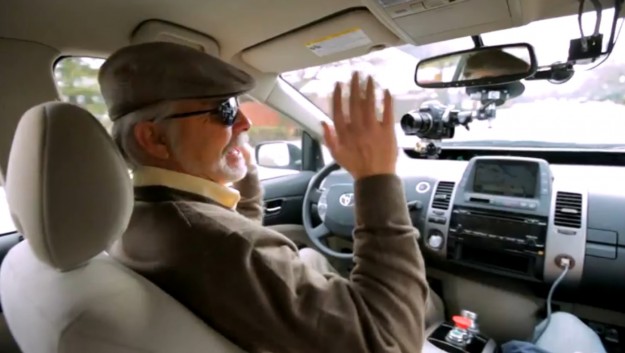Google Puts a Blind Man in the Driver’s Seat
Automated Google cars provide Steve Mahan, a blind man, the opportunity for hands-free, and sight-free, driving.
In October of 2010, Google revealed that it had developed cars that drive themselves automatically, and that they had been in the road-testing phase for several months.
At that point, the cars had been tested on over 140,000 miles of California highway, with only one accident to report. The accident, it turns out, was a result of human error: an uninvolved driver rear-ended the Google car at a red light. Each tester car was manned by a driver, ready to brake or steer if an emergency should occur, and an engineer, who monitored the software operations from the passenger seat.
The Google cars are designed to minimise human driving error, making driving safer, and possibly more space and fuel efficient. Computer-operated cars could hypothetically drive closer together and with less excess gas usage than human drivers. Around the time of the press release, it was estimated that Google's cars would take at least 8 years to go from design to production, as design and legal kinks would take a long time to work out.
This Wednesday, after 200,000 miles of road testing, Google put Steve Mahan behind the driving wheel. Mahan, who has lost 95% of his vision, was ecstatic at the freedom provided by the self-driving car. His first stop was to a Taco Bell, where the car successfully navigated the drive-through. "This is some of the best driving I am ever done," said Mahan, who would value the "independence and flexibility" a Google automated car would provide him.
It may sounds like the stuff of science fiction, but following Mahan's test drive, self-driving cars may be a lot closer to reality than we realised.
[via Mashable]





